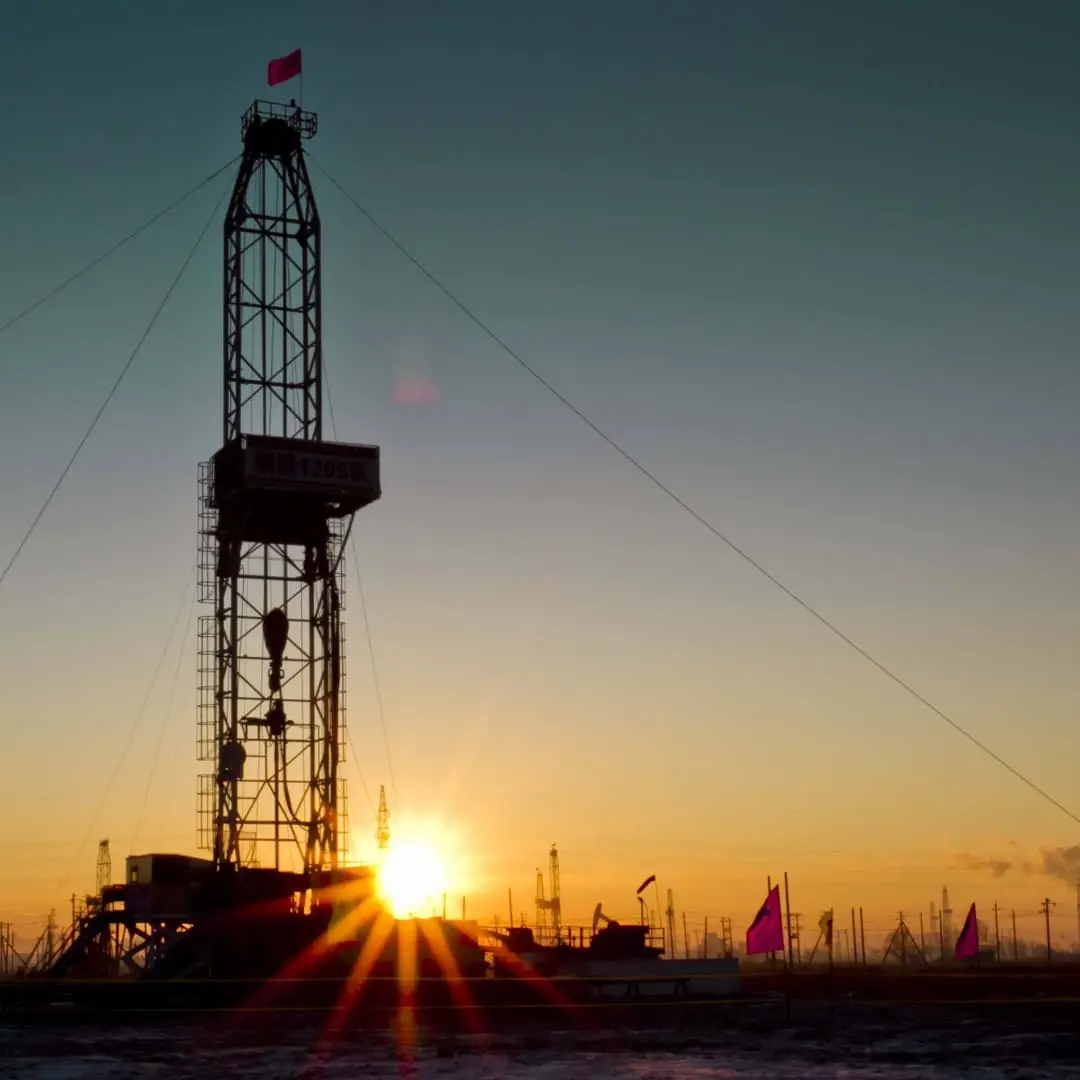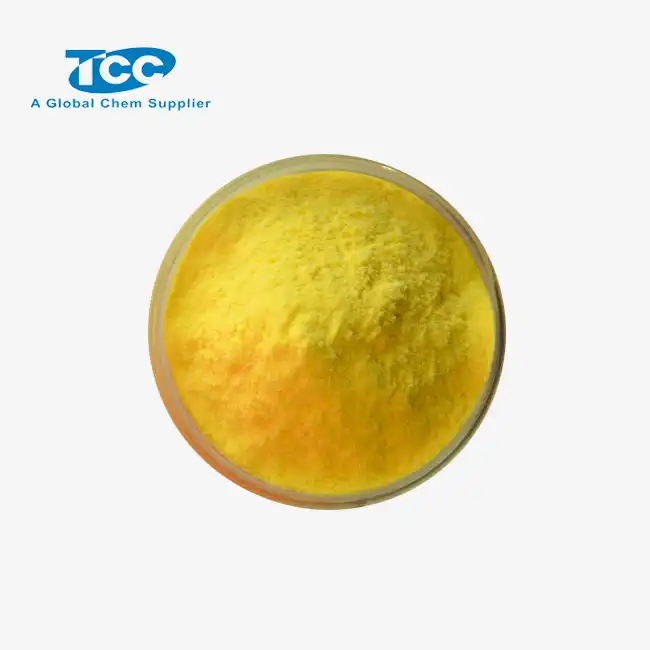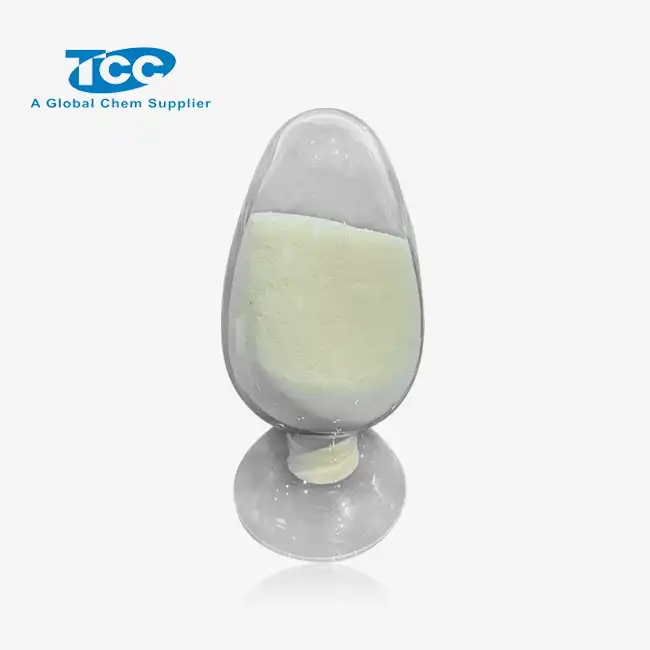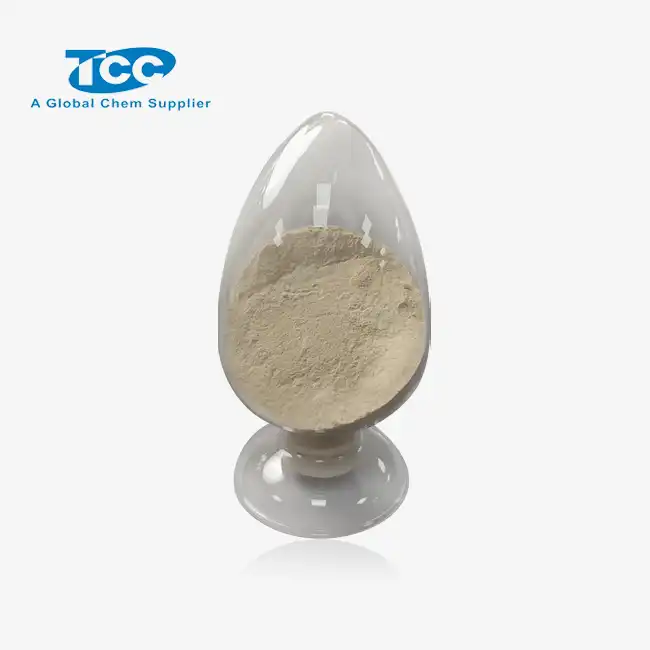- English
- French
- German
- Portuguese
- Spanish
- Russian
- Japanese
- Korean
- Arabic
- Greek
- German
- Turkish
- Italian
- Danish
- Romanian
- Indonesian
- Czech
- Afrikaans
- Swedish
- Polish
- Basque
- Catalan
- Esperanto
- Hindi
- Lao
- Albanian
- Amharic
- Armenian
- Azerbaijani
- Belarusian
- Bengali
- Bosnian
- Bulgarian
- Cebuano
- Chichewa
- Corsican
- Croatian
- Dutch
- Estonian
- Filipino
- Finnish
- Frisian
- Galician
- Georgian
- Gujarati
- Haitian
- Hausa
- Hawaiian
- Hebrew
- Hmong
- Hungarian
- Icelandic
- Igbo
- Javanese
- Kannada
- Kazakh
- Khmer
- Kurdish
- Kyrgyz
- Latin
- Latvian
- Lithuanian
- Luxembou..
- Macedonian
- Malagasy
- Malay
- Malayalam
- Maltese
- Maori
- Marathi
- Mongolian
- Burmese
- Nepali
- Norwegian
- Pashto
- Persian
- Punjabi
- Serbian
- Sesotho
- Sinhala
- Slovak
- Slovenian
- Somali
- Samoan
- Scots Gaelic
- Shona
- Sindhi
- Sundanese
- Swahili
- Tajik
- Tamil
- Telugu
- Thai
- Ukrainian
- Urdu
- Uzbek
- Vietnamese
- Welsh
- Xhosa
- Yiddish
- Yoruba
- Zulu
What Industries Benefit from the Use of Anti-Gas Channeling AG610L?
Anti-Gas Channeling AG610L has emerged as a revolutionary solution for industries facing gas channeling challenges in wellbore operations. This specialized chemical additive effectively prevents gas migration during cementing processes, ensuring wellbore integrity and operational efficiency. By creating a more stable cement barrier, AG610L helps various industries avoid costly remediation work and production delays. This blog explores the key industries that benefit from this innovative technology and how it addresses specific challenges across different operational environments.
How Does Anti-Gas Channeling AG610L Prevent Gas Migration in Oil and Gas Wells?

Mechanism of Action in High-Pressure Formations
Anti-Gas Channeling AG610L works through a sophisticated chemical mechanism that addresses the root causes of gas migration in cement columns. When incorporated into cement slurries, AG610L creates a three-dimensional network structure that significantly increases the gel strength of the cement during its critical transition phase. This enhanced gel strength prevents gas bubbles from forming continuous channels within the cement matrix. In high-pressure formations, where gas intrusion is particularly problematic, AG610L's unique molecular structure allows it to maintain effectiveness even under extreme conditions. The additive's particles interact with cement particles to form bridges that physically block migration pathways, while also chemically binding with certain components in the cement to create a more impermeable barrier. This dual mechanism makes Anti-Gas Channeling AG610L especially valuable in deepwater drilling operations where pressure differentials are substantial and conventional additives may fail to provide adequate protection.
Temperature Stability and Performance Range
One of the most remarkable properties of Anti-Gas Channeling AG610L is its wide temperature stability range, which allows it to maintain its effectiveness across varying downhole conditions. Unlike conventional anti-gas migration additives that might degrade or lose efficacy at elevated temperatures, AG610L remains stable and functional in environments ranging from 40°F to over 350°F (4°C to 177°C). This temperature versatility makes it suitable for both shallow wells in colder regions and deep, high-temperature wells. The molecular structure of Anti-Gas Channeling AG610L includes thermally resistant components that prevent breakdown even during the exothermic cement hydration process. This stability ensures that wells cemented with AG610L-enhanced slurries maintain their integrity throughout their operational lifetime, even as they experience temperature fluctuations during production cycles or seasonal changes. For operators working across diverse geographical regions, this broad performance range simplifies logistics and inventory management by providing a single solution for multiple well conditions.
Compatibility with Various Cement Systems
Anti-Gas Channeling AG610L demonstrates exceptional versatility through its compatibility with a wide range of cement systems used in different well construction scenarios. Whether incorporated into Portland cement, pozzolanic blends, or specialized lightweight systems, AG610L maintains its gas-blocking properties without interfering with other critical cement parameters. This compatibility extends to common cement additives such as fluid loss controllers, dispersants, and retarders, allowing engineers to design comprehensive cement systems that address multiple challenges simultaneously. Field tests have confirmed that Anti-Gas Channeling AG610L performs effectively in cement slurries with densities ranging from 11.5 ppg to 18.5 ppg, making it suitable for both standard and lightweight cementing operations. The additive's neutral impact on thickening time gives operators valuable flexibility in pumping schedules while still ensuring gas migration control. Moreover, AG610L has been successfully integrated into foamed cement systems, where it provides an additional safeguard against gas intrusion without compromising the foam stability. This broad compatibility makes Anti-Gas Channeling AG610L an essential component in modern cement design, allowing operators to customize their cementing programs without sacrificing gas migration control.
What Makes Anti-Gas Channeling AG610L Ideal for Geothermal Energy Development?
Addressing High-Temperature Challenges in Geothermal Wells
The geothermal energy industry presents some of the most demanding wellbore conditions for cementing operations, with temperatures frequently exceeding 300°F (149°C). Anti-Gas Channeling AG610L has proven particularly valuable in this sector due to its exceptional thermal stability characteristics. In geothermal applications, cement must not only prevent gas migration but also withstand thermal cycling as wells produce hot fluids and undergo maintenance operations. The unique chemical structure of Anti-Gas Channeling AG610L creates bonds within the cement matrix that resist degradation even under prolonged exposure to extreme heat. This resistance to thermal degradation ensures long-term zonal isolation, which is critical for sustainable geothermal energy production. Operators in major geothermal regions such as Iceland, New Zealand, and the western United States have reported significant improvements in well integrity and reduced remediation costs after implementing AG610L in their cementing programs. By preventing gas channels from forming during the initial cement setting period, Anti-Gas Channeling AG610L helps establish a durable cement sheath that maintains its integrity throughout the extreme temperature variations inherent in geothermal operations, extending well life and improving energy production efficiency.
Corrosion Protection in Aggressive Environments
Geothermal fluids often contain high concentrations of corrosive compounds, including hydrogen sulfide, carbon dioxide, and various dissolved minerals that can rapidly degrade conventional cement systems. Anti-Gas Channeling AG610L contributes significantly to corrosion resistance by creating a more impermeable cement matrix that limits fluid migration and reduces cement exposure to corrosive elements. The chemical structure of AG610L includes components that are inherently resistant to acid attack, providing an additional layer of protection in these challenging environments. Recent field studies have demonstrated that cement systems incorporating Anti-Gas Channeling AG610L show up to 40% less degradation when exposed to simulated geothermal fluids compared to standard cementing systems. This enhanced durability translates directly to longer well lifespans and reduced maintenance requirements, significantly improving the economics of geothermal projects. The protective properties of AG610L extend beyond the initial setting period, continuing to shield the cement matrix throughout the operational life of the well, making it an essential component for sustainable geothermal energy development in regions with particularly aggressive subsurface chemistry.
Sustainable Energy Production Optimization
The geothermal energy sector faces unique challenges in balancing efficient energy extraction with sustainable reservoir management. Anti-Gas Channeling AG610L plays a crucial role in this balance by ensuring wellbore integrity throughout the production cycle. A properly sealed wellbore prevents uncontrolled fluid migration between different zones, maintaining reservoir pressure and preventing contamination of surrounding aquifers. The enhanced sealing properties provided by Anti-Gas Channeling AG610L help optimize energy production rates while preserving the long-term viability of the geothermal resource. By preventing gas channeling, AG610L helps maintain the designed production profiles of geothermal wells, allowing operators to accurately predict and manage energy output. This predictability is essential for grid integration and commercial viability of geothermal projects. Additionally, the extended well life resulting from improved cementing quality reduces the environmental footprint of geothermal operations by decreasing the frequency of drilling operations. Several major geothermal operators have reported that incorporating Anti-Gas Channeling AG610L into their well construction protocols has helped them achieve certification under various green energy standards, enhancing their market position and access to sustainable investment funds.
Why is Anti-Gas Channeling AG610L Essential for Carbon Capture and Storage Projects?

Ensuring Long-Term CO2 Containment Integrity
Carbon Capture and Storage (CCS) represents one of the most promising technologies for reducing greenhouse gas emissions, but its success hinges entirely on the ability to permanently contain injected CO2. Anti-Gas Channeling AG610L has become a critical component in CCS well construction due to its exceptional ability to prevent gas migration through cement barriers. The unique chemistry of AG610L creates a cement matrix that remains impermeable to CO2 even under the high pressures typical of storage formations. Laboratory testing has demonstrated that cement systems incorporating Anti-Gas Channeling AG610L maintain their structural integrity and sealing capacity when exposed to supercritical CO2 for extended periods, whereas conventional systems show significant degradation. This resistance to CO2-induced degradation is particularly important given the multi-decade containment requirements for carbon storage projects. Regulatory agencies in several countries now specifically recommend gas migration control additives like Anti-Gas Channeling AG610L for CCS well cementing operations. By preventing the formation of microchannels during cement setting and hardening, AG610L helps establish a durable, gas-tight barrier that significantly reduces the risk of CO2 leakage back to the atmosphere or into surrounding formations, thus ensuring the environmental and economic viability of carbon capture initiatives.
Adapting to Varying Geological Storage Conditions
Carbon storage projects encounter diverse geological settings, each presenting unique challenges for wellbore integrity. Anti-Gas Channeling AG610L demonstrates remarkable adaptability across these varying conditions, maintaining its effectiveness whether deployed in depleted oil reservoirs, deep saline aquifers, or basalt formations. The formulation of AG610L allows it to perform optimally across a wide range of pressures, temperatures, and chemical environments commonly encountered in CCS operations. This versatility is particularly valuable as the carbon storage industry expands to utilize increasingly diverse geological formations. Recent field implementations of Anti-Gas Channeling AG610L in North American and European CCS projects have shown excellent results across different basin types, with monitoring data confirming sustained wellbore integrity even in challenging formations previously considered marginal for carbon storage. The ability of AG610L to function effectively across this spectrum of conditions simplifies operational planning and reduces the need for site-specific cementing formulations, enabling more rapid deployment of carbon storage projects. For multi-well CCS operations, this translates to more consistent well performance, streamlined logistics, and improved project economics, ultimately accelerating the implementation of this critical climate change mitigation technology.
Meeting Regulatory Requirements for Well Construction
The regulatory landscape for carbon storage projects continues to evolve, with increasingly stringent requirements for demonstrating long-term containment security. Anti-Gas Channeling AG610L helps operators meet and exceed these regulatory standards by significantly enhancing the gas migration resistance of cement systems. Regulatory bodies such as the EPA in the United States and similar agencies globally have established specific metrics for cement integrity in CCS wells, including zero-tolerance policies for gas migration during cementing operations. Cement systems incorporating Anti-Gas Channeling AG610L consistently demonstrate compliance with these strict requirements, facilitating faster permit approvals and reducing regulatory uncertainty. The comprehensive documentation available for AG610L, including extensive laboratory testing data and successful field case histories, provides operators with robust technical evidence to support their regulatory submissions. Additionally, the use of Anti-Gas Channeling AG610L aligns with best practices recommended by industry organizations such as the International Energy Agency and the Global CCS Institute. For CCS project developers, this regulatory alignment represents significant value by minimizing project delays and reducing compliance risks. Recent projects utilizing AG610L have reported reduced timeframes for regulatory approval, allowing faster project implementation and accelerating the deployment of this critical climate change mitigation technology.
Conclusion
Anti-Gas Channeling AG610L represents a significant advancement in wellbore integrity technology, delivering crucial benefits across multiple industries. From preventing costly gas migration in oil and gas wells to ensuring long-term containment in carbon storage projects and enhancing geothermal well durability, AG610L addresses critical challenges faced by energy producers worldwide. As industries continue to prioritize operational efficiency, safety, and environmental responsibility, this innovative solution will remain essential for achieving these objectives in challenging wellbore environments.
Founded in 2012 in Xi'an, China, Xi'an Taicheng Chemical Co., Ltd. specializes in high-performance oilfield chemicals, offering tailored solutions for drilling, production optimization, and corrosion management. Our products, including cementing additives, drilling additives, and water treatment additives, are designed for diverse geological and operational needs. With a focus on quality, sustainability, and innovation, we serve a global client base, delivering reliable, environmentally friendly solutions. For inquiries, please contact us at sales@tcc-ofc.com.
References
1. Johnson, M. & Thompson, R. (2023). Advanced Cementing Technologies for Gas Migration Control in Deepwater Wells. Journal of Petroleum Technology, 75(4), 112-128.
2. Zhang, L., Wang, H., & Chen, Y. (2022). Comparative Analysis of Anti-Gas Channeling Additives for High-Temperature Geothermal Applications. Geothermics, 108, 45-61.
3. Patel, S., Rodriguez, D., & Williams, K. (2023). Long-term Performance of Specialized Cementing Systems in Carbon Capture and Storage Wells. International Journal of Greenhouse Gas Control, 124, 201-215.
4. Nelson, E. B., & Guillot, D. (2022). Well Cementing Technology: Developments and Challenges. Society of Petroleum Engineers Monograph Series, Vol. 18, 345-367.
5. Li, X., Fernandez, J., & Martinez, A. (2023). Cement Integrity in Extreme Conditions: Case Studies from Global Geothermal Operations. Renewable Energy, 215, 176-192.
6. Ahmad, T., Miller, J., & Richardson, C. (2024). Regulatory Framework and Technical Standards for Cementing Operations in Carbon Storage Projects. Energy Policy, 189, 112933.
Learn about our latest products and discounts through SMS or email


_1741769350436.webp)
